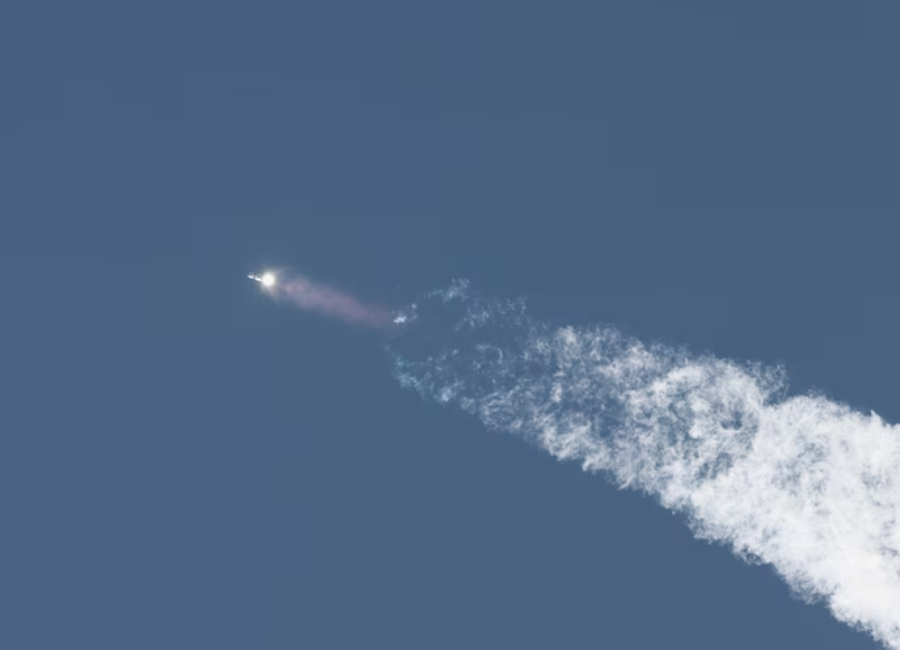SpaceX’s Starship, an uncrewed spacecraft designed for lunar missions, faced failure during its second test flight, cutting short the 90-minute planned mission.
The two-stage rocketship lifted off from the Starbase launch site in Texas, boosting the Starship spacecraft to an altitude of 90 miles.
The Super Heavy first stage booster, after separating successfully, exploded over the Gulf of Mexico. The core Starship stage continued toward space but lost contact with SpaceX mission control minutes later.
An automated flight termination command was suspected to have triggered the destruction of the rocket. The failure occurred eight minutes into the test mission, with an explosion seen in the camera view tracking the Starship booster.
The U.S. Federal Aviation Administration (FAA) confirmed the mishap and will oversee SpaceX’s investigation. The objective was to lift Starship into space, descend through Earth’s atmosphere, and splash down off Hawaii’s coast.
The failure could pose a setback for SpaceX’s plans, and the FAA will review the company’s investigation and launch license application. Despite the setback, SpaceX’s risk-tolerant culture embraces rapid testing and prototyping to improve design and engineering.
A fully successful test is crucial for NASA’s Artemis program, relying on Starship to land humans on the moon. Elon Musk, SpaceX’s CEO, sees Starship replacing the Falcon 9 rocket as the centerpiece of the company’s launch business.
Musk stated that “success comes from what we learn,” emphasizing the learning process despite technical failures. The clock is ticking for SpaceX to meet NASA’s timeline for lunar missions.
The company aims to swiftly resume tests, contingent on the FAA’s review and addressing technical issues.









